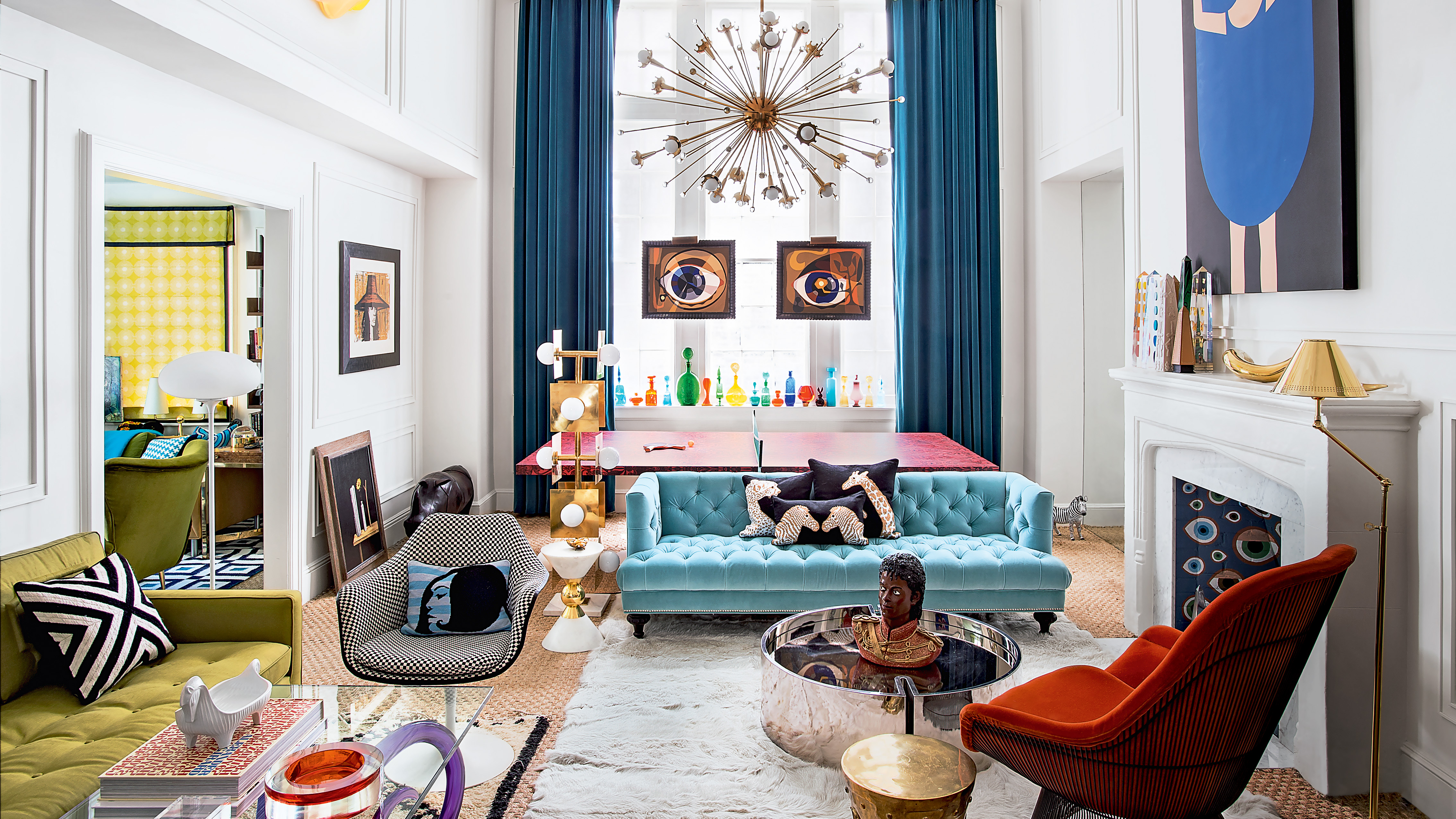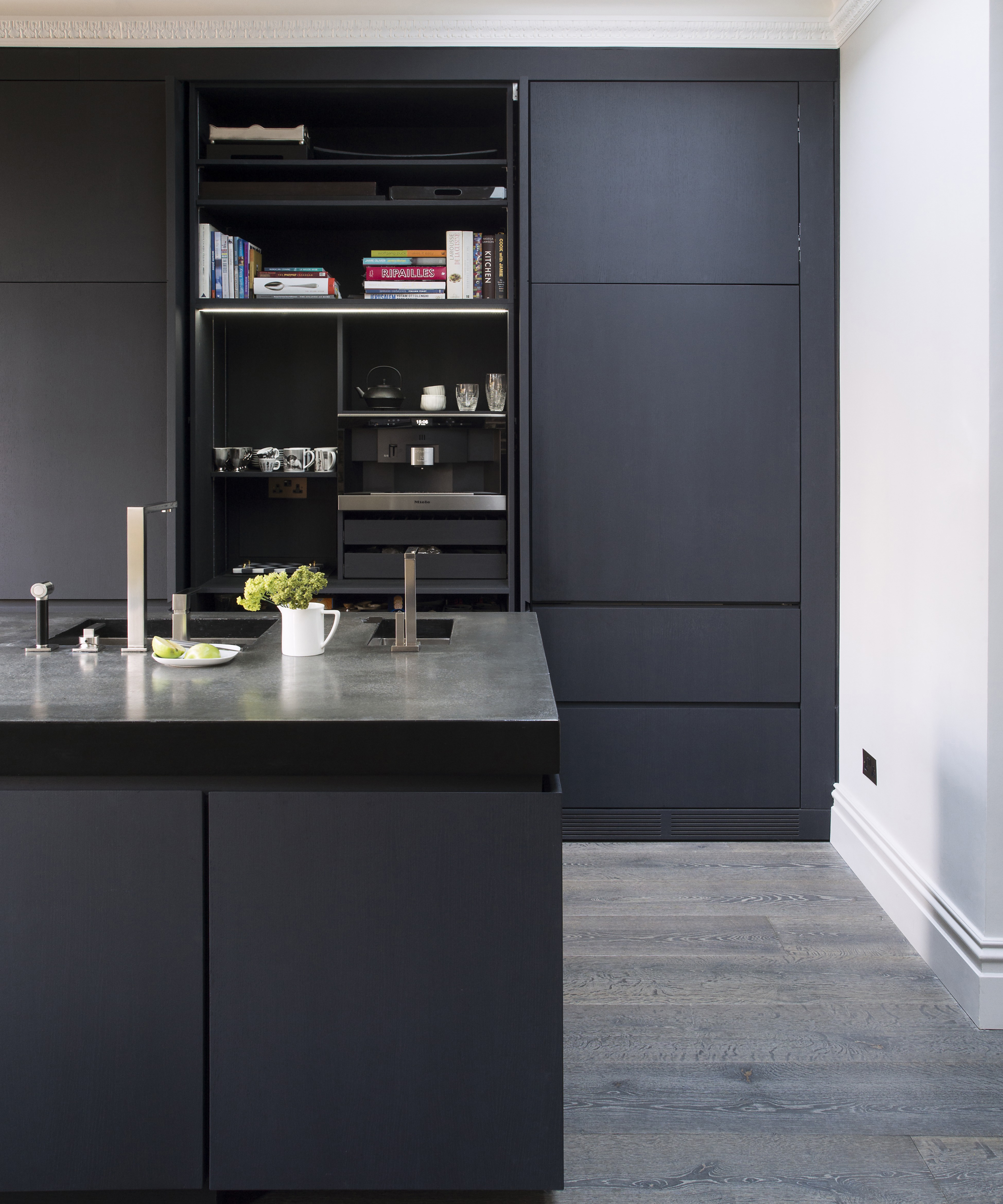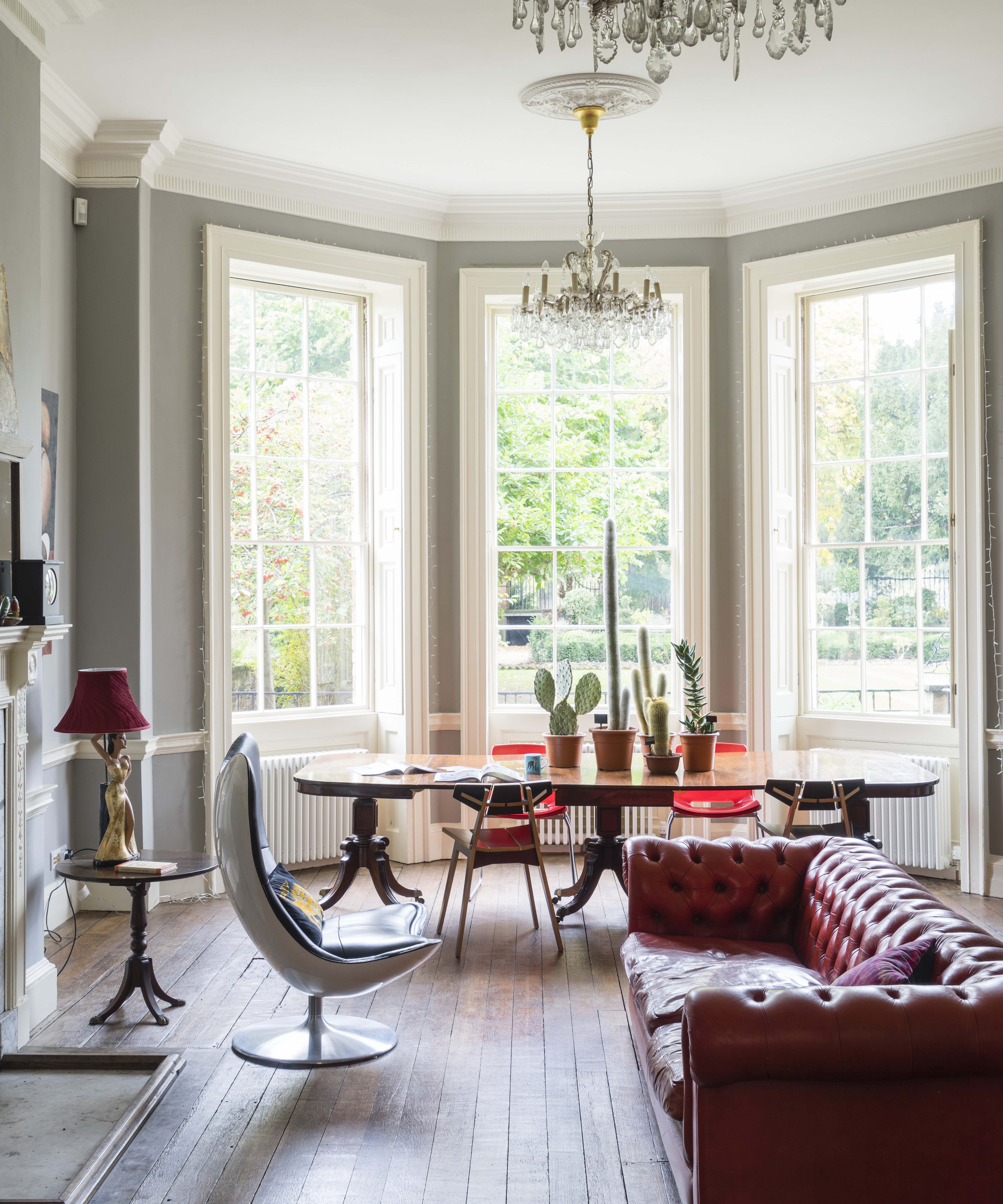A smart tech expert explains the 3 dramatic ways our homes may change by 2070
The days of struggling to salvage a meal after work could be numbered – but what else can we expect to change?


We may have seen Hollywood’s attempts at predicting the decades ahead, but there’s only one particular element of the future that we’re particularly interested in observing: our modern homes.
Thankfully, we’re in the company of the founder of Tech Women Today, Cecilia Harvey, who has researched what a conventional smart home may look like by 2071 – and the future of our homes looks bright.
Following her research with electric heating and technology innovators at Rointe, Cecilia revealed how technological advances may shape our interiors – and the days of meal prep may soon be far behind us.
1. Your kitchen will take care of itself

Smart kitchens are set to get a whole lot smarter. These spaces may have acted as offices, schools, and virtual bars over the previous year, but their future uses may far exceed anything we ever thought our kitchens were capable of before.
‘You won’t need to worry if cooking isn’t your strong point; smart kitchen appliances could do all the hard work for you,’ Cecilia begins. ‘From ovens and hobs that track ingredients and cooking temperatures to ensure that you never over or undercook a meal, to a fridge that automatically restocks and alerts you to out-of-date food, your kitchen could take all the hassle out of preparing meals.’
Kitchens of the future sound impressive, but will we still order pizza when we return home? Absolutely.
2. Living spaces will automatically adjust to our human needs

The pain of adjusting your central heating system may be equally as limited, as Cecilia suggests that future smart meter ‘will incorporate data from sensor technology embedded in clothing, accessories, and furniture,’ meaning your home will automatically adjust its temperature from your biometrics.
Be The First To Know
The Livingetc newsletters are your inside source for what’s shaping interiors now - and what’s next. Discover trend forecasts, smart style ideas, and curated shopping inspiration that brings design to life. Subscribe today and stay ahead of the curve.
This will ensure your space remains at the optimum comfort level throughout every season. Back in 2021, however, we’re relying on these smart assistants that are making our lives that little bit more effortless.
3. Future homes could have panic rooms for security

Smart houses of the future may make our lives more seamless and more comfortable, but according to Cecilia, we’ll be more secure too.
‘Homes could be built with a basement panic room for added security and peace of mind in case of an emergency,’ she explains. ‘Panic rooms could include reinforced windows and doors, a smart assistant built into the wall for home surveillance and a health monitoring bed that observes health vitals and alerts medical authorities when needed.’
‘For security purposes, the room could only be accessible based on approved biometric readings for individuals living in the house,’ Cecilia adds. In the meantime, we recommend improving your peace of mind with one of our best home security systems.
The future of our homes may look smart, but we can’t help but wonder what the future decor trends will prevail? Will the power of gray endure? Will our smart kitchens feature green cabinets? Only time will tell.

Megan is the Head of Celebrity Style News at Homes & Gardens. She first joined Future Plc as a News Writer across their interiors titles, including Livingetc and Real Homes, before becoming H&G's News Editor in April 2022. She now leads the Celebrity/ News team.
Before joining Future, Megan worked as a News Explainer at The Telegraph, following her MA in International Journalism at the University of Leeds. During her BA in English Literature and Creative Writing, she gained writing experience in the US whilst studying in New York. Megan also focused on travel writing during her time living in Paris, where she produced content for a French travel site.
Megan currently lives in London, where she relocated from her hometown in Yorkshire. In her home, she experiments with interior design trends and draws inspiration from the home decor ideas she observes in her everyday work life. Her favorite pieces include her antique typewriter and her expansive collection of houseplants. When she isn’t writing, she is browsing London’s coffee shops and bookstores to add to her ever-growing library, taking over the open shelving in her apartment.
-
 Turns Out the Coolest New Café is Actually In Your Kitchen — Here's How to Steal the Style of TikTok's Latest Trend
Turns Out the Coolest New Café is Actually In Your Kitchen — Here's How to Steal the Style of TikTok's Latest TrendGoodbye, over-priced lattes. Hello, home-brewed coffee with friends. TikTok's 'Home Cafe' trend brings stylish cafe culture into the comfort of your own home
By Devin Toolen Published
-
 5 Bathroom Layouts That Look Dated in 2025 — Plus the Alternatives Designers Use Instead for a More Contemporary Space
5 Bathroom Layouts That Look Dated in 2025 — Plus the Alternatives Designers Use Instead for a More Contemporary SpaceFor a bathroom that feels in line with the times, avoid these layouts and be more intentional with the placement and positioning of your features and fixtures
By Lilith Hudson Published